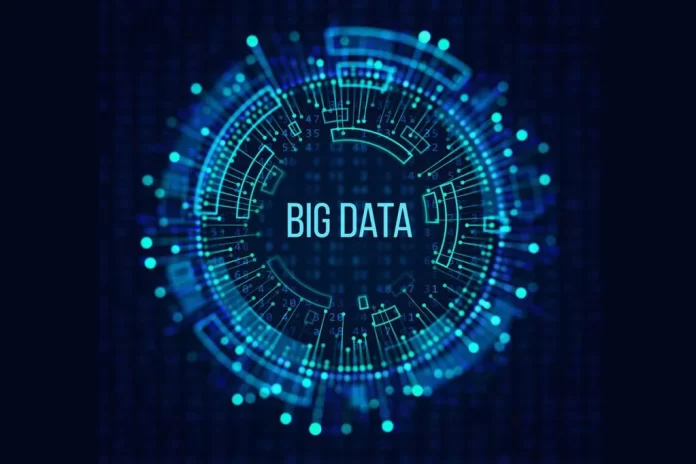In today’s digitally driven world, the amount of data being generated on a daily basis is staggering. With the proliferation of internet-connected devices, social media platforms, and online transactions, we are living in an era where data is being produced at an unprecedented rate. This influx of data has given rise to the concept of “Big Data” and has opened up new opportunities for businesses and organizations to gain valuable insights and make informed decisions.
So, what exactly is Big Data? Big Data refers to large and complex datasets that cannot be easily managed, processed, or analyzed using traditional data processing methods. These datasets are characterized by their volume, variety, and velocity. Volume refers to the sheer amount of data being generated, variety relates to the diverse sources and formats of data, and velocity pertains to the speed at which data is being produced and must be processed.
To harness the power of Big Data, organizations need to employ advanced tools and technologies that can handle the challenges posed by its sheer size and complexity. Traditional relational databases and spreadsheet applications are often inadequate when it comes to managing and analyzing Big Data. Instead, specialized technologies such as distributed computing frameworks, NoSQL databases, and data analytics platforms have emerged to address these challenges.
One of the key benefits of harnessing Big Data is the ability to gain valuable insights and make data-driven decisions. By analyzing large and diverse datasets, businesses can uncover patterns, correlations, and trends that were previously hidden. These insights can be used to optimize operations, identify new market opportunities, and improve customer experiences. For example, e-commerce companies can analyze customer browsing and purchasing patterns to personalize recommendations and enhance customer satisfaction.
Moreover, Big Data has revolutionized the field of predictive analytics. By analyzing historical data and applying machine learning algorithms, organizations can make accurate predictions and forecasts. This is particularly valuable in sectors such as finance, healthcare, and marketing, where accurate predictions can drive better outcomes and improve resource allocation.
In addition to predictive analytics, Big Data has also paved the way for real-time analytics. With the ability to process and analyze data in real-time or near real-time, organizations can respond quickly to emerging trends and make timely decisions. For instance, in the financial industry, real-time analytics can help detect fraudulent transactions and mitigate risks immediately.

However, harnessing the power of Big Data is not without its challenges. One of the primary challenges is data quality. With the increasing volume and variety of data, ensuring data accuracy and reliability becomes crucial. Data cleansing and data integration techniques are essential to eliminate inconsistencies and errors that may impact the analysis and decision-making process.
Another challenge is privacy and security. Big Data often contains sensitive and personal information, raising concerns about data breaches and unauthorized access. Organizations must implement robust security measures and comply with data protection regulations to safeguard the privacy of individuals and maintain trust.
Ethical considerations also come into play when dealing with Big Data. As organizations collect and analyze vast amounts of data, it is important to ensure that ethical guidelines and legal frameworks are in place. Responsible data usage involves obtaining informed consent, protecting individual privacy, and being transparent about data collection and usage practices.
Furthermore, the sheer volume of data can be overwhelming. Analyzing massive datasets requires significant computational power and storage capabilities. Cloud computing and scalable infrastructure have become indispensable in handling Big Data, allowing organizations to scale resources based on demand and process large datasets efficiently.
To make the most of Big Data, organizations need to develop a data-driven culture. This involves cultivating a mindset where decision-making is based on evidence and insights derived from data analysis. It also entails fostering cross-functional collaboration between data scientists, analysts, and domain experts to extract meaningful insights and translate them into actionable strategies.
In conclusion, Big Data presents immense opportunities for organizations to unlock valuable insights and make informed decisions. By effectively harnessing the power of information, businesses can gain a competitive edge, drive innovation, and enhance customer experiences. However, this journey is not without its challenges, requiring organizations to invest in advanced technologies, address data quality and security concerns, and foster a data-driven culture. With the right tools, strategies, and ethical frameworks in place, organizations can leverage Big Data to transform the way they operate and thrive in the digital age.

